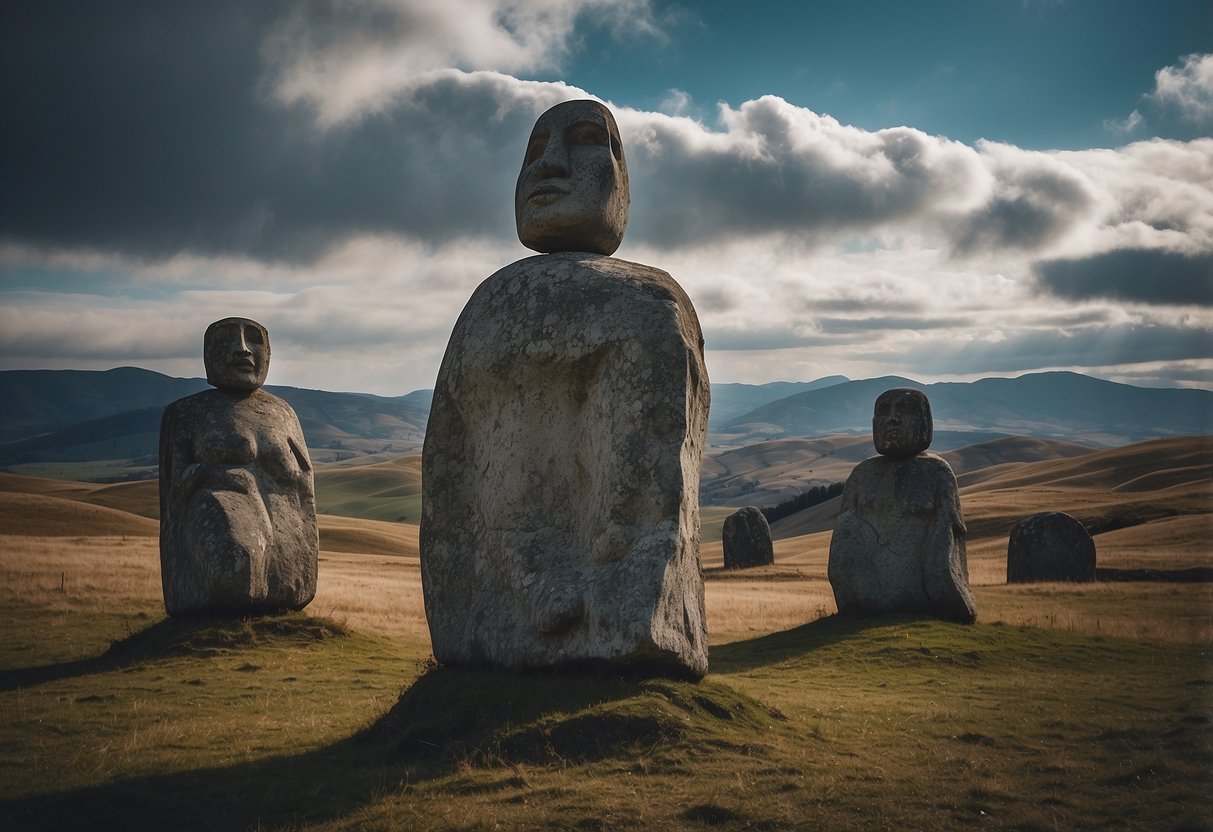
Travelers intrigued by isolated destinations full of mystery will find Easter Island, or Rapa Nui, an unparalleled adventure. Located in the southeastern Pacific Ocean, this remote island is renowned for its colossal stone statues known as Moai. With careful planning and a well-designed itinerary, visitors can fully immerse themselves in the island’s rich history and enigmatic charm.
Easter Island offers various activities and sites that captivate explorers and history enthusiasts alike. From hiking up volcanic craters to exploring ancient ceremonial sites, there’s something for every type of traveler. Understanding the cultural significance and legends tied to the Moai enhances the experience, making each visit a valuable insight into the island’s past.
Adventure-seekers should ensure they allocate ample time to explore both the well-known and hidden gems of Rapa Nui. Whether it’s venturing into the island’s lush landscapes or diving into its clear blue waters, the visit promises unforgettable memories. Prepare well, and Easter Island will unveil its mysteries in ways that captivate and inspire.
The History and Mystery of Easter Island
Easter Island, located in the southeastern Pacific Ocean, has a captivating history that intertwines the achievements of its ancient Polynesian settlers and the subsequent impact of European contact. These factors collectively shape the island’s narrative and allure.
The Ancestral Legacy
The first settlers of Easter Island, known as Rapa Nui, are believed to have arrived from Polynesia around the 12th century. These early inhabitants established a thriving society, evidenced by the creation of the iconic moai statues.
The moai, monumental stone figures, are thought to represent the ancestors, providing a spiritual connection between the living and their forebears. Archaeological findings reveal that a sophisticated culture with advanced agricultural practices and complex social hierarchies existed on the island. Experts suggest that the island’s isolation allowed a unique cultural evolution that fascinates researchers and visitors alike.
European Encounter and Historical Impact
European contact began in 1722 when Dutch explorer Jacob Roggeveen arrived on Easter Island. This encounter marked the beginning of significant changes for the Rapa Nui people. The introduction of new diseases, slave raids by outsiders, and other devastating impacts caused a sharp decline in the island’s population.
Historical records indicate that these contacts disrupted the indigenous way of life, resulting in a tragic cultural collapse. Despite these challenges, the rich history and culture of the Rapa Nui people endure, attracting archaeologists and historians who seek to understand their legacy.
Today, visitors to Easter Island can explore these historical elements, gaining insights into both the ancient Polynesian settlers and the later European encounters that shaped the island’s history.
Geography and Environment
Easter Island, located in the southeastern Pacific Ocean, is a remote island renowned for its unique landscape and distinct climatic conditions. The terrain, combined with the local weather patterns and diverse flora and fauna, plays a crucial role in the island’s environment.
Island Topography and Climate
Easter Island spans just over 63 square miles and is characterized by its volcanic terrain, with three main extinct volcanoes: Terevaka, Poike, and Rano Kau. The highest point on the island is Mount Terevaka, rising approximately 1,663 feet above sea level. The island also features numerous smaller volcanic cones and craters, contributing to its rugged landscape.
The climate is classified as subtropical maritime. The weather is generally mild throughout the year, with average temperatures ranging from 64°F to 77°F. Rainfall fluctuates annually, peaking during the southern hemisphere’s winter months (June to August). High winds are common due to the island’s isolated location in the Pacific, which can affect both the climate and vegetation.
Flora and Fauna: From Trees to Animals
Historically, Easter Island’s flora included dense forests primarily consisting of the now-extinct Rapa Nui palm. The arrival of Polynesian settlers and subsequent European contact led to deforestation. Today, reforestation efforts have introduced species like eucalyptus and acacia.
The island’s fauna is relatively limited, with few native animal species. Notable animals include the Polynesian rat, introduced by the original settlers, and various seabirds such as the sooty tern. The surrounding waters, however, are rich in marine life, supporting a vibrant ecosystem crucial to local fishing practices.